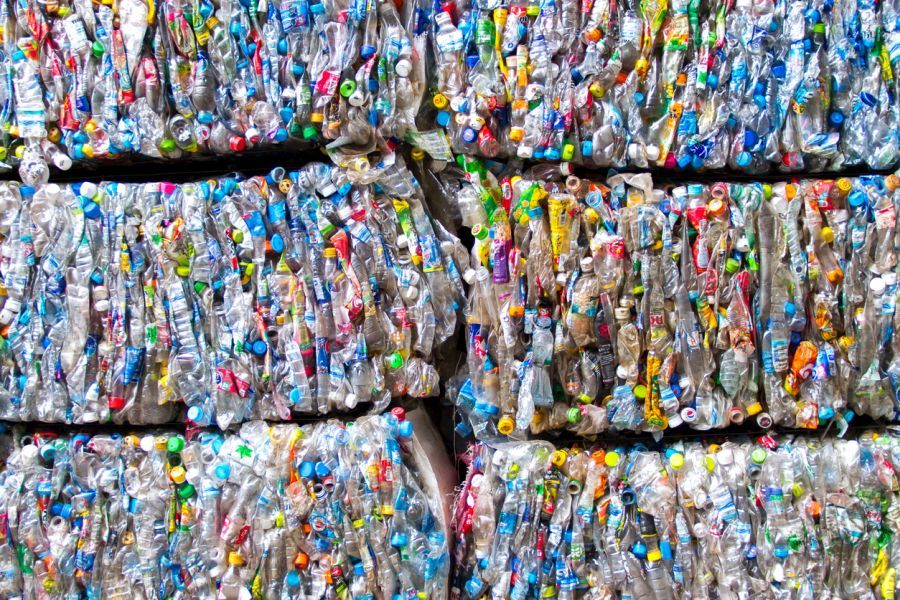TerraSafe Materials, the first startup to secure funding from Big Idea Ventures’ Generation Food Rural Partners (GFRP) fund, will license IP from multiple universities to develop novel materials to reduce the amount of plastic waste entering the environment.
Scott Bolin, founder of biomaterials startup Tethis, has been brought in as CEO.
An inception stage venture fund focused on commercializing university-developed IP in food, protein, and agriculture technologies, GFRP will partner with research universities across the US to launch new companies.
It will then recruit experienced management teams, provide seed stage funding of up to $1 million based on mutually agreed KPIs, and follow-on capital of up to $5 million, and bring in support from its network of strategic partners potentially interested in working with the startups in question.
Initial checks of up to $1m, second round between $3-5 million
Big Idea Ventures’ chief investment officer Tom Mastrobuoni told AgFunderNews: “We start with the problem that our strategic partners are trying to solve and then look at pieces of IP from universities. But we don’t just take a piece of IP and start a business around one thing. We put together a quilt of IP and build a company that’s really technologically advanced, so from day one, TerraSafe will have access to 14 pieces of IP from at least three different universities.”
He added: “The target fund size for GFRP is $125 million and we’re at $43 million right now. The goal is to start 40 companies. Now we know they’re not all going to survive, but that’s why we tranche in the money so we don’t spend four or five million on each company and then they die. I’d rather spend $300,000-400,000, start licensing the IP and putting it together and ultimately if there’s nothing there, we’ll shut it off.
“But if they do hit their KPIs and do really well, the fund is structured to put in the second round of financing between $3-5 million depending on what’s needed to get that company to a point that when it goes out to raise money from non GFRP investors, it has solid IP, a strong management team, and revenues.”
Focus on foodservice and retail food packaging
When IP is held at universities, academics are limited in how they can collaborate with researchers at other universities “because of the proprietary nature of the IP when it sits inside the university unlicensed,” claimed Mastrobuoni. “We can unlock that by executing license agreements, bringing in the relevant IP, and then bringing those researchers in as scientific advisors.”
Bolin added: “We’ve isolated packaging technology where the materials themselves are made from renewables and then found what I call augmentation technology, IP from other universities that would augment the performance, the hydrophobicity, the mechanical properties.”
According to Mastrobuoni: “There’s an unlimited number of applications, from coffee cups to deodorant sticks and we can’t go after all of them, so we’re focusing on foodservice and retail food packaging as our sweet spot.”
Plastic lined paper coffee cups: ‘I don’t believe that’s the best we can do’
So what is the definition of sustainable packaging?
“For me,” said Mastrobuoni, “The definition is packaging that’s created from renewable resources using efficient processes that don’t add to pollution and create an end product that eventually breaks down into harmless component and is not going to release harmful chemicals or contaminate the soil.”
And that definition doesn’t include something like a Starbucks coffee cup, which might be made from a renewable material, but typically ends up in landfill because the inner plastic layer cannot be separated from the paper cup, he pointed out. “I don’t believe that’s the best we can do. Likewise, molded fiber meat trays are great but not you’re putting petroleum based plastic over them.
“We want to make sure that whatever we make, it can perform as well or better and cost as much or less [as existing materials], while meeting our sustainability goals.”
In the case of TerraSafe Materials, he said, “We’re in the process of locking down a legacy company to be our commercialization pull-through partner. We’re saying to people in the packaging industry, let us do the hard tech proof of concept work so we can find something that’s going to fit your cost structure that you know your customers are going to buy, that will perform, that can be made in your facility without spending $150 million on a new plant.”
The aim: A proof of concept product in Q1 of next year
Stepping back to look at the sustainable packaging landscape, said Bolin, “There are really innovative biomaterials that don’t scale yet and then there are things where the source material is just way too expensive.”
According to Mastrobunoni: “There’s a lot of companies that were started with from the point of view of, ‘Can we do this?’ Not, ‘Can we do it at a price and level of performance needed in the marketplace?’”
As for the timeline, he said: “I think it’d be really great to have a technology roadmap that gets us to some sort of proof of concept product in Q1 of next year. But a lot will depend on how quickly we can pull a team together and how quickly that commercialization partner from the corporate world will be willing to work with us.”
Bolin added: “My remit here is essentially to combine multiple university insights to bring a disruptive renewable material platform to the market. So we’re trying to use renewable source materials that will degrade into the earth; ultimately that is fully compostable.
“We want to get rid of those plastic coatings anywhere we can. A couple of the different patents we’re looking at are around creating a natural resistance to grease and water. We’d love to replace the coffee cup.”




